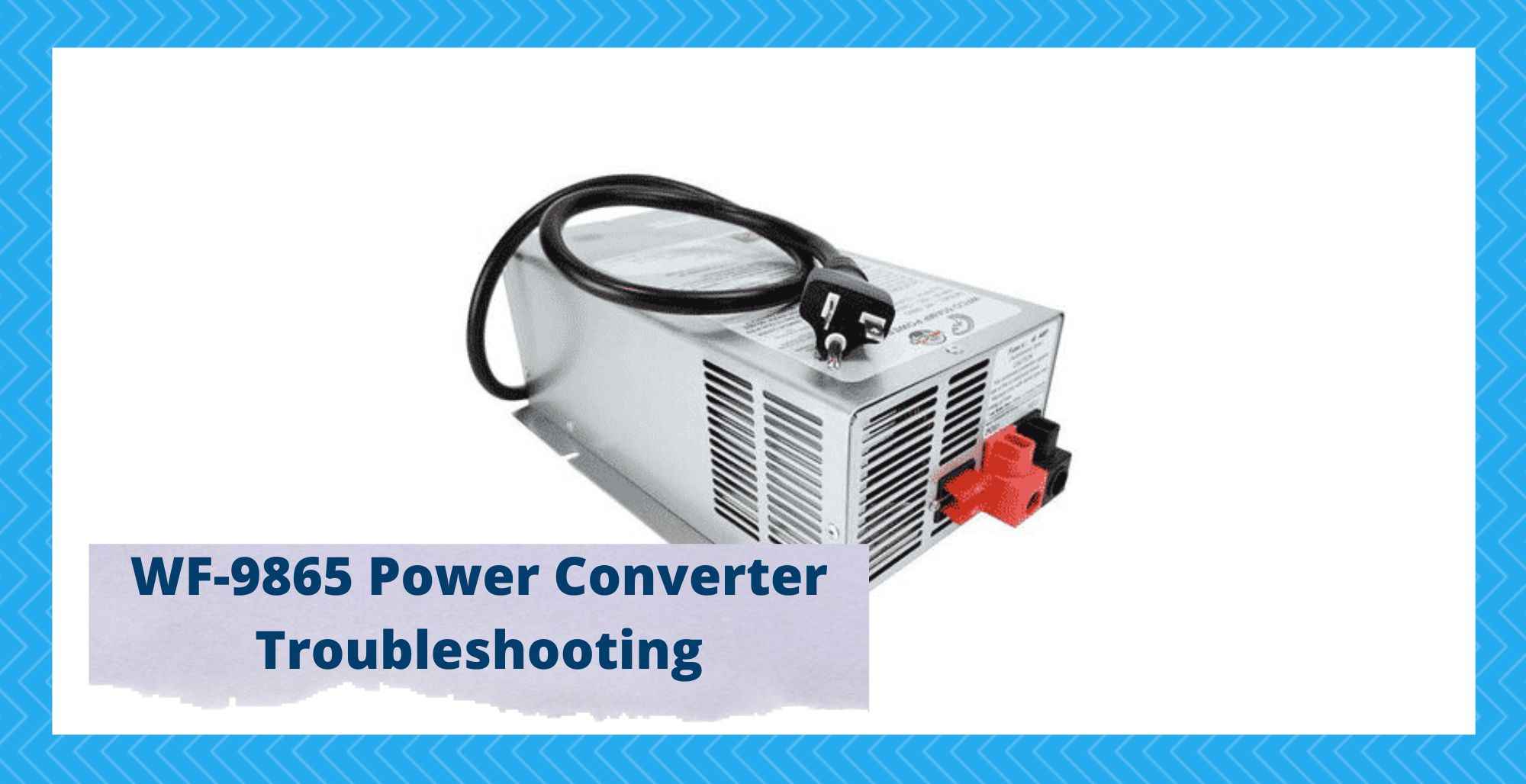
Introduction
Power converters are critical pieces of equipment for a high functioning RV. They are the essential component that allows for the combination of mains power hook-up while facilitating onboard battery charging simultaneously.
However, these complex apparatuses have a tendency to fail from time to time. Their essential and heavy workload means that the RV can often be rendered useless until it is fixed. This article will produce the most effective troubleshooting scenarios and the best means of fixing the most common problems.
What is a Power Converter Used For?
Power converters work a little bit like an inverter but for your batteries. Traditionally RVs possess one form of power. Typically, power has come from mains hook-up from the RV site, which feeds 110-120V power into an RV to operate all of the onboard electronics.
However, as the industry has adapted, RV enthusiasts now demand power whenever they need it, creating a need for ‘off-grid’ power supplies.
The off-grip power source is most often stored by onboard leisure batteries. Often they are used in conjunction with solar panels, which offer continual charging capabilities to guarantee long-term power.
Over time, the RV industry has identified the need for both power methods to create versatile RV set-ups to satisfy all potential situations an RV owner may encounter. Therefore, a crossover of technology has had to be integrated into RVs to ensure the electrical systems can cope with the changing demands.
Leisure batteries typically hold their charge at around 12V or 24V. However, mains electrical power is far higher at around 110-120V depending on the power from the site. Therefore, were the batteries and a socket to be connected, the batteries would quickly fry due to the inconsistent power dynamic.
This is where power converters come in. They convert electrical energy to the appropriate level before charging the leisure batteries. This ensures that they last for as long as possible with a well-monitored system that will ensure they are protected. Hence why they are often referred to as battery charging units.
WF-9865 Power Converter Troubleshooting
1. Batteries Failing to Charge
One of the most common issues associated with the WF-9865 is that it fails to power the batteries when it is hooked up to mains power. Although this is a common fault reported by the owner, often it is the result of external factors.
Depending on the way in which the system has been installed, there may be power from the RV appliances, but the batteries are dead when it is disconnected.
Therefore, the first issue that should be checked is if there is a fundamental connection issue between the converter and the batteries themselves. Owners have commented that the connection points could be stronger, considering the operational conditions of the converter.
Due to the excessive vibration experienced by the components within the RV when it is moving, they are prone to coming loose and failing to connect properly over time. Luckily, in this instance, they simply require tightening.
Another potential cause is that supplied circuit breaker or fuse is blowing prematurely, which will present the same symptoms as a faulty connection as they are essentially the same thing.
Depending on the failsafe fuse system, there will either be a tripped fuse that needs to be replaced or a blown one that needs to be physically replaced. Due to the volatility of the voltage inputs and outputs is a common issue associated with the WF-9865.
The component is rated to 65amps with a recommended use of an 80amp fuse set up to ensure safe charging conditions. However, unanticipated spikes coming from the converter could be protected against a higher-rated fuse system, but this can result in fires.
2. Over Heating
The nature of the converter means that an abundance of heat is generated during operation. Although the WF-9865 is renowned for its silent operation, the primary output it creates is heat as a byproduct of the high-voltage conversion.
The power converter is equipped with a cooling fan to disperse heat during high usage. However, this is a reasonably rudimentary approach to dealing with an incredible temperature that is produced by the component.
The WF-9865 is renowned for overheating during extended periods of use. Unfortunately, the device has no safety mechanism or warning alarm. This has caused many of the converters to break primarily by frying the internal circuitry, which permanently damaged the device.
Owners have highlighted this as one of the key complaints associated with the device. However, WF has suggested that it is primarily due to improper installation.
WFCO has made some key suggestions when it comes to installation to prevent the common overheating fault. Firstly, ensure that the converter is installed in an aerated space.
Although space is a finite resource for most RVs, it is essential that the WF-9865 has room to breathe and dissipate heat appropriately. Notable, it is imperative that items are not stored close to the component.
There have also been suggestions that the installation should be kept low to the ground and away from direct sunlight. Direct sunlight will easily overheat the device even during minor use, and it should be kept away from any sources of heat generally.
Ensuring that the device is fitted with the appropriate wire gauge will help eliminate any additional heat generation from the wiring. Ensuring the necessary wiring is utilized will also prevent issues resulting from other sections of the system, like the mains hook-up, etc.
3. Polarity Fuse
Most electrical components we use are set up to ensure the users are fully protected, and they will have little or no interaction with the electrical components themselves.
Therefore RV electrical systems test owners regarding their basic electrical competency. Hence why a key problem with the converter can be due to a mistake in hooking up.
Electricity has a positive and negative orientation or polarity. Typically when a circuit faces reverse polarity, it destroys the internal circuitry as electrical currents and pushes in the wrong direction of the component.
When hooking up the inverter to the mains power or installing the system, it can be incredibly easy to mix up the positive and negative connection accidentally. Surprisingly, this is an incredibly common occurrence when it comes to RV electronics, which has left many RV owners with endless headaches.
Luckily, the WF-9865 has provisions to prevent permanent damage integrated into its circuitry. A dual fuse system ensures that in reverse polarity, the fuse will break the connection and prevent it from causing catastrophic damage.
Frustratingly, the only symptom of this occurrence is a non-functioning converter. Unfortunately, the WF-9865 lacks an interface that could illustrate issues that are occurring.
Hence why it is suspected that reverse polarity damage has occurred, so it is imperative to inspect the two read fuses on the converter. Most likely, the polarity fuse has blown and needs to be replaced with an equally rated one for it to function as normal again.
4. Ground Connection
Electrical components are complex systems that require a variety of intricate elements to function properly. For example, an often forgotten but critical feature is a ground wire connection.
In the WF-9865’s case, it requires a well-fitted grounding wire to help regulate the voltage in the system to allow the circuit breaker and the conversion function to operate as required. It is due to complex electrical analysis requiring a ground wire for the equipment to function.
Therefore, a loose or corroded ground wire is a common issue associated with the converter. It prevents the apparatus from functioning as required and appears to just prevent the converter from operating.
Often it is associated with a faulty device. However, it is often embarrassingly given back to the owner during a warrant inspection due to improper installation.
Conclusion
Ultimately, there are several issues associated with the WF-9865, which have been highlighted above. Although they are typically problems that can be resolved reasonably easily, the troubleshooting process highlights a fundamental flaw in the design of the converter.
The lack of an interface has been an ongoing issue associated with the WF-9865. Without physically inspecting the device, there is no way of understanding current or ongoing issues. It can easily be seen as the cause of many faults which could be easily detected and reported where even a simple interface be integrated as standard.
This highly powerful and practical device can develop some incredibly frustrating and reasonably complex problems. However, you should not worry. Following the above guide will help you rectify most of these issues quickly and easily so you can get back to enjoying your RV adventures.

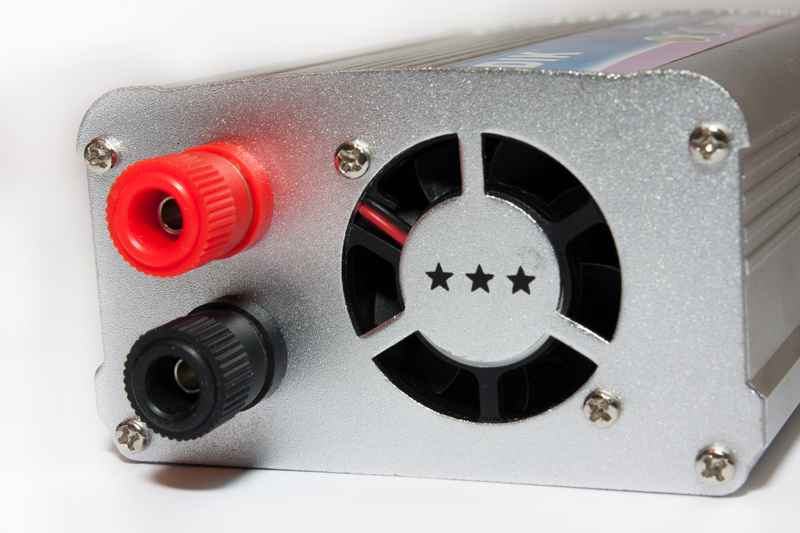
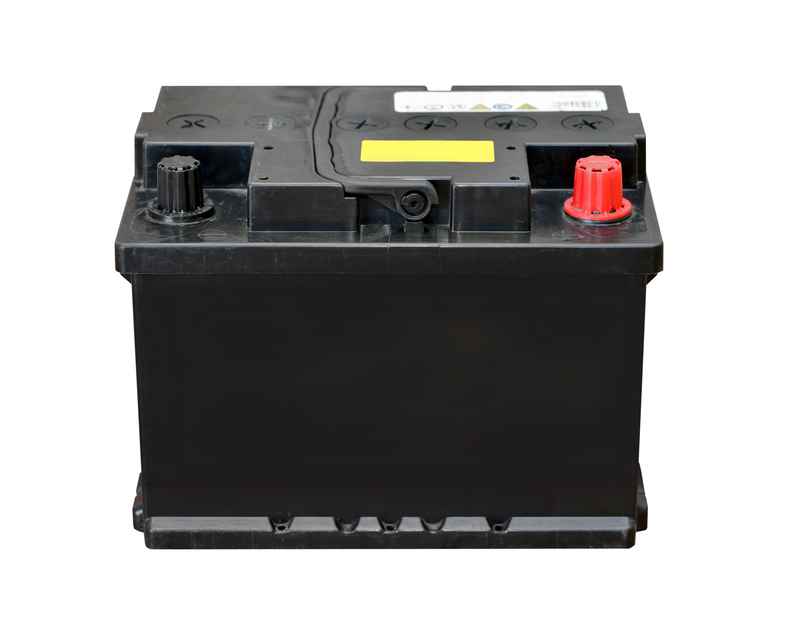

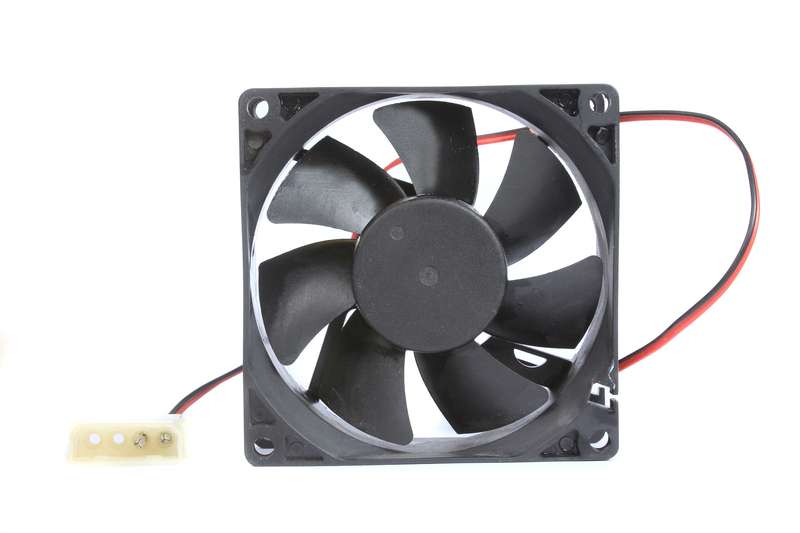
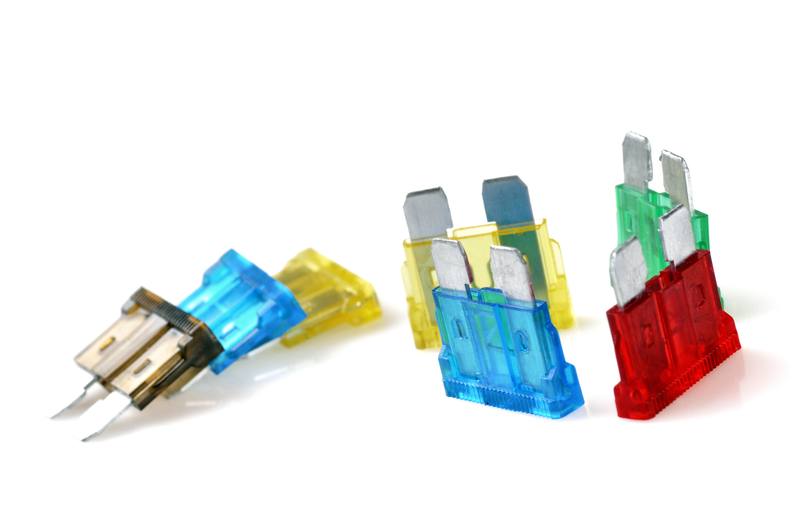
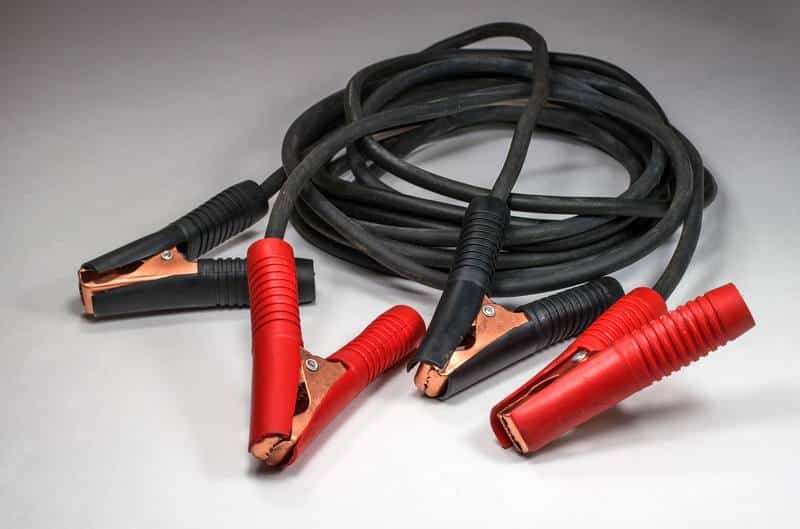
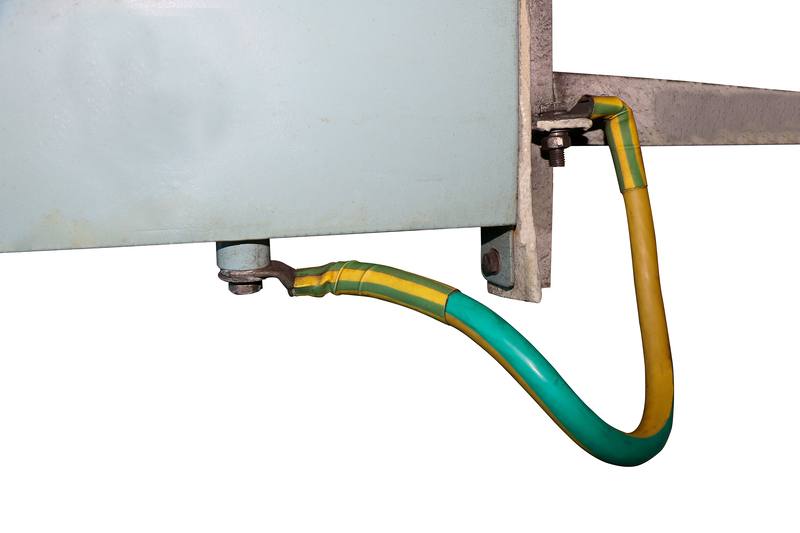
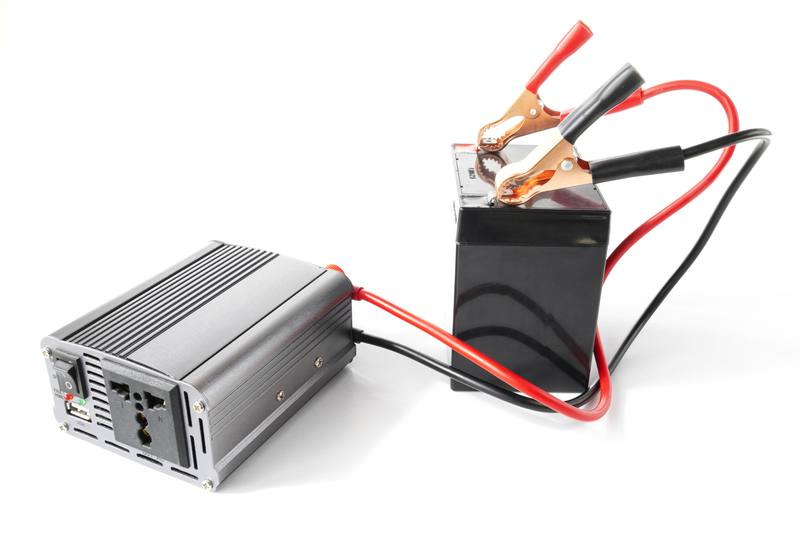
My inverter WF 9865 is loud. I assume the fan running all the time? 2007 Pace Arrow.